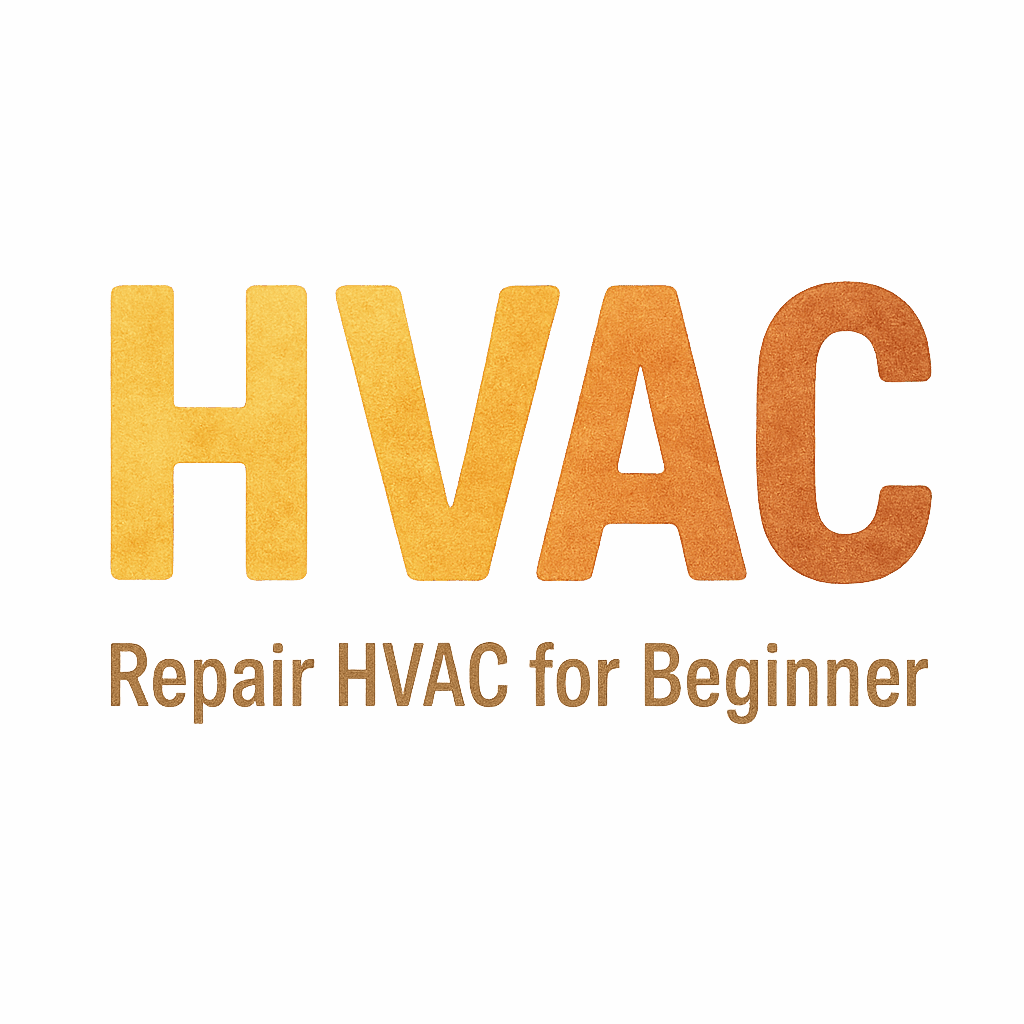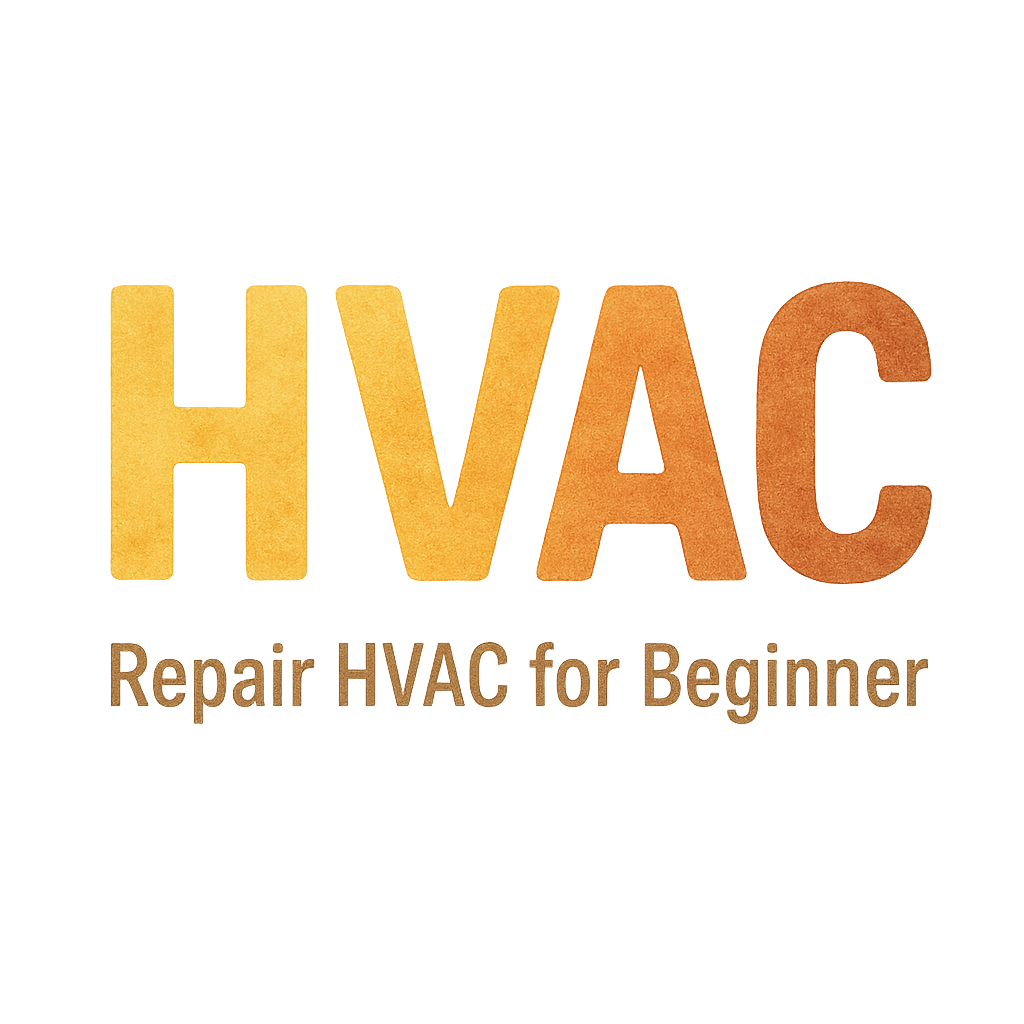Introduction
If you’re new to HVAC systems, troubleshooting a malfunctioning air conditioner or heater can seem overwhelming. But don’t worry—many common HVAC issues can be easily resolved with a little patience and the right tools. In this article, we’ll walk you through 6 effective DIY HVAC troubleshooting methods that beginners can tackle. By learning these, you can save money on professional repair services and gain a better understanding of how your HVAC system works.

Understanding Your HVAC System
Before diving into troubleshooting, it’s essential to understand the basic components of your HVAC system. HVAC stands for Heating, Ventilation, and Air Conditioning, and it’s designed to regulate the indoor climate efficiently.
HVAC System Components
- Thermostat: Controls the temperature of your home.
- Air Filter: Traps dust, dirt, and allergens from the air.
- Condenser Coils: Help dissipate heat from refrigerants.
- Evaporator Coils: Absorb heat from the air.
- Ductwork: Distributes conditioned air throughout your home.
- Compressor and Refrigerant: Essential for cooling the air.
- Blower Motor: Circulates air through your HVAC system.
How HVAC Systems Work
Simply put, your HVAC system uses refrigerant to cool or heat the air. The thermostat regulates this process to ensure your home stays comfortable. The air filter traps dirt and allergens, while the blower motor circulates conditioned air through ducts to every room. If you want to learn more about the components of an HVAC system, check out our guide on HVAC Basics for Beginners.
Before You Start: Safety Precautions
DIY HVAC troubleshooting can be done safely if you follow some basic precautions. Here’s how to keep yourself protected:
- Turn off the Power: Always switch off your HVAC system at the breaker box to prevent electrical accidents.
- Protective Gear: Wear gloves and safety glasses to shield yourself from dust, debris, or sharp objects.
- Tools You’ll Need: Basic tools like a screwdriver, coil cleaner, vacuum, gloves, and a flashlight will come in handy for most troubleshooting methods.
1. Checking and Replacing the Air Filter
A clogged air filter is one of the most common issues that cause HVAC systems to malfunction. It restricts airflow, making the system work harder and decreasing efficiency.
Why Air Filters Matter
Air filters are essential for maintaining air quality. They capture dust, dirt, and allergens, preventing them from circulating in your home. However, when these filters become clogged, they reduce airflow, making your system less efficient.
Signs of a Dirty or Clogged Filter
- Weak airflow from vents
- Unpleasant odors
- Longer running times
- Visible dirt or dust buildup on the filter
Step-by-Step Guide to Replacing an Air Filter
- Turn off your HVAC system at the power switch.
- Locate the filter: This is usually found near the blower motor or return air duct.
- Remove the old filter: Carefully take it out and check for any dirt buildup.
- Insert the new filter: Be sure to place the new filter in the correct direction, ensuring the airflow arrows are pointing the right way.
- Turn the system back on and check for improved airflow.
Want to learn more about proper HVAC maintenance? Visit our page on HVAC Maintenance & Cleaning.
2. Inspecting the Thermostat
A malfunctioning thermostat can cause your HVAC system to work improperly. If the temperature in your home is inconsistent, your thermostat could be the culprit.
Common Thermostat Problems
- Inaccurate temperature readings
- Display issues
- Heating or cooling cycle failures
How to Recalibrate or Replace Your Thermostat
- Turn off the power to your HVAC system.
- Check the settings: Ensure that your thermostat is set to the correct mode (heating or cooling).
- Recalibrate: Many thermostats have a reset button. Press it and follow the manufacturer’s instructions to recalibrate.
- Replace the battery (if applicable).
- Consider replacing the thermostat if the issue persists, especially in older systems.
For more detailed tips on thermostat maintenance, refer to our guide on Troubleshooting HVAC Systems.
3. Cleaning the Condenser Coils
Dirty condenser coils can severely affect your HVAC system’s performance by hindering heat dissipation.
Why Condenser Coils Get Dirty
Dust, debris, and even grass can accumulate on the coils, especially in outdoor units. Over time, this buildup reduces the system’s efficiency.
How Dirty Coils Affect HVAC Performance
- Reduced cooling capacity
- Increased energy consumption
- Risk of system overheating
Step-by-Step Guide to Cleaning Condenser Coils
- Turn off the power to your HVAC system.
- Locate the condenser unit (usually outside).
- Spray coil cleaner: Use a commercial coil cleaner to remove dirt and debris from the coils.
- Use a brush or vacuum: Gently clean off any remaining dirt.
- Rinse with water: Ensure no soap or cleaner is left behind.
For more tips on cleaning your HVAC system, check out our HVAC Troubleshooting & Repair Tips.
4. Inspecting the Ductwork
Leaky or clogged ducts can cause uneven heating or cooling, forcing your HVAC system to work harder.
Common Ductwork Problems
- Leaks in duct connections
- Clogged ducts due to dust and debris
- Improperly sealed ducts
How to Identify Leaks or Blockages
- Visually inspect the ducts for holes or gaps.
- Check the joints where ducts meet vents for any signs of air escaping.
- Use a flashlight to examine hard-to-reach areas.
Tips for Sealing Duct Leaks
- Use mastic sealant or duct tape to seal visible leaks.
- For major damage, consider replacing affected ductwork.
For a comprehensive checklist on maintaining your HVAC system, visit our HVAC Maintenance Checklist.
5. Checking Refrigerant Levels
Low refrigerant levels can cause your air conditioning system to perform poorly or even fail entirely.
Importance of Proper Refrigerant Levels
Refrigerant plays a crucial role in cooling your home. When levels are low, your system will struggle to provide sufficient cooling, leading to potential breakdowns.
How to Check and Top-Off Refrigerant (For Beginners)
- Check the refrigerant gauge on your HVAC system to assess the levels.
- Top off refrigerant if necessary, but ensure you use the correct type for your unit.
- If you’re uncomfortable doing this yourself, it’s best to call a professional, as handling refrigerant requires special knowledge and equipment.
For more about refrigerant issues and troubleshooting, check our HVAC Refrigerant Troubleshooting Guide.
6. Ensuring Proper Drainage
Your HVAC system’s condensate drain line plays a critical role in draining excess moisture from the air. A clogged drain can lead to system malfunctions and even water damage.
Importance of Condensate Drainage
Proper drainage prevents water buildup, which can cause your HVAC system to freeze or fail.
Signs of Blocked Drain Lines
- Water pooling around the HVAC unit
- Increased humidity levels
- Mold growth near the unit
How to Unclog Your HVAC Drain Line
- Turn off the system at the breaker box.
- Locate the drain line, usually a PVC pipe near the indoor unit.
- Use a wet/dry vacuum or plumber’s snake to clear the blockage.
- Flush the drain with a vinegar-water mixture to prevent future clogs.
To learn more about keeping your HVAC system running smoothly, check out our guide on Preventative HVAC Maintenance.
Troubleshooting HVAC Error Codes
Modern HVAC systems often display error codes to help identify specific issues. These codes can indicate problems like low refrigerant, sensor malfunctions, or faulty wiring.
Common Error Codes and What They Mean
- E1 or E2: Thermostat sensor issues
- F0 or F1: Furnace pressure switch problems
- E5: Refrigerant or compressor issues
How to Reset Your HVAC System
Most HVAC systems have a reset button, or you can reset it by turning off the power for 10-15 minutes. Always consult your system’s manual for specific reset instructions.
For a deeper dive into HVAC error codes, check out our HVAC Troubleshooting & Repair.
When to Call a Professional HVAC Technician
While DIY troubleshooting can resolve many issues, there are times when calling a professional is the best course of action.
Signs That Professional Help is Needed
- Persistent refrigerant leaks


